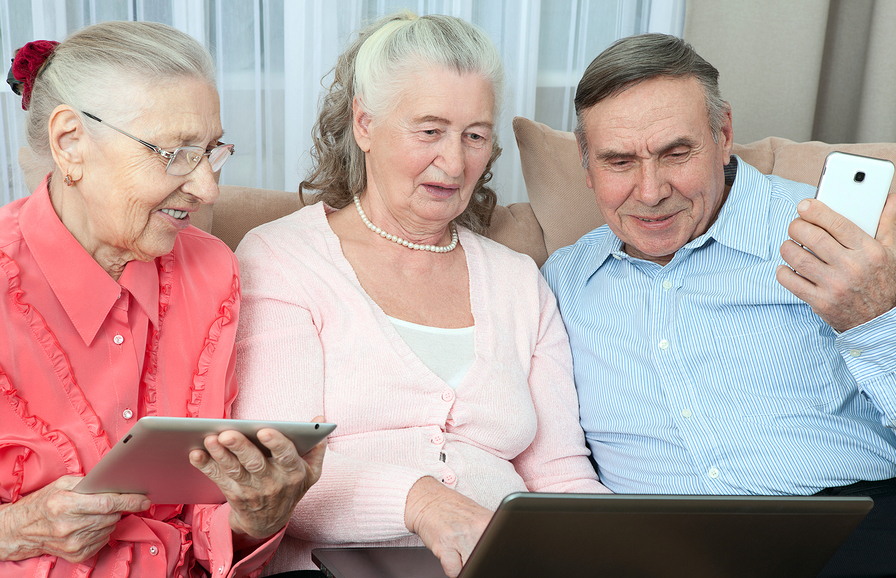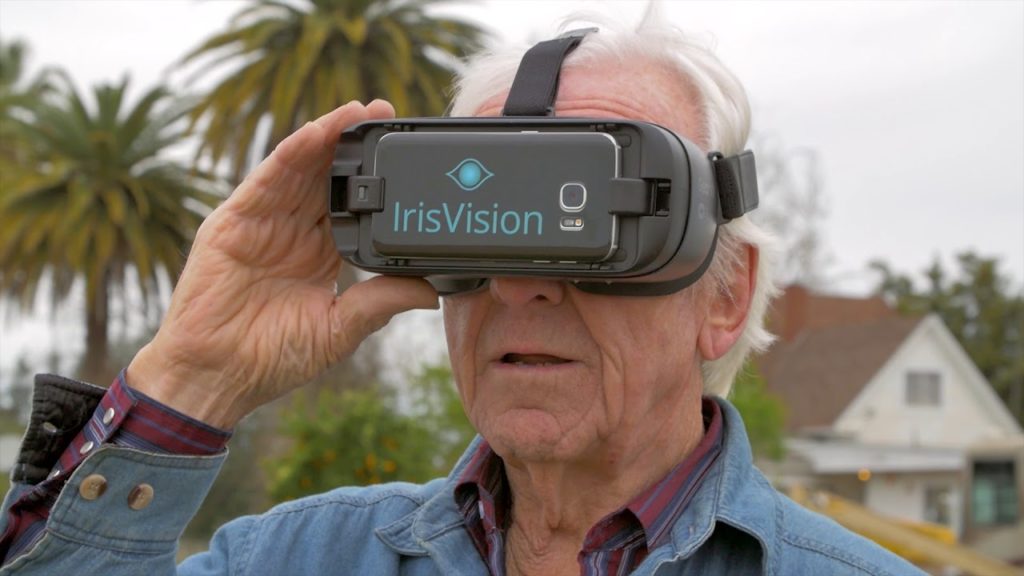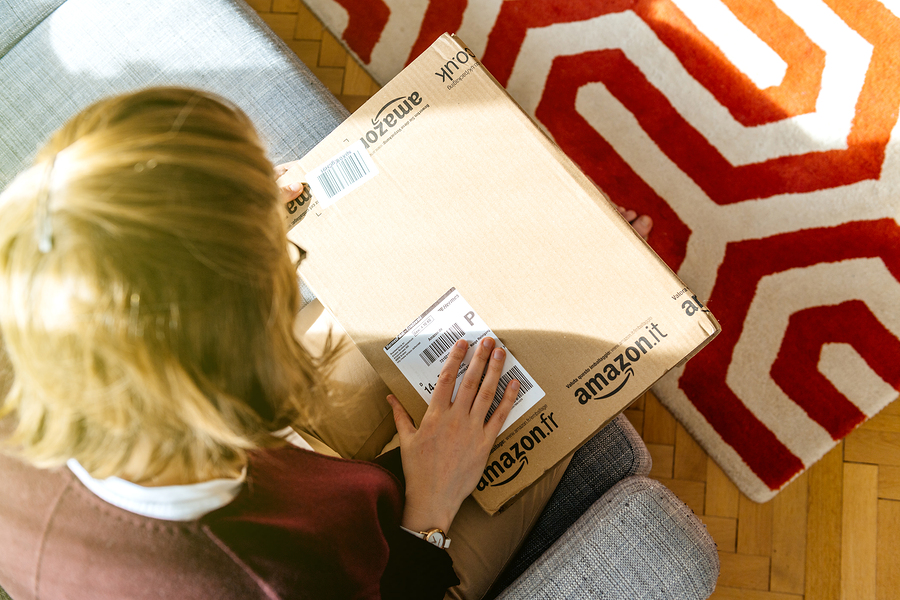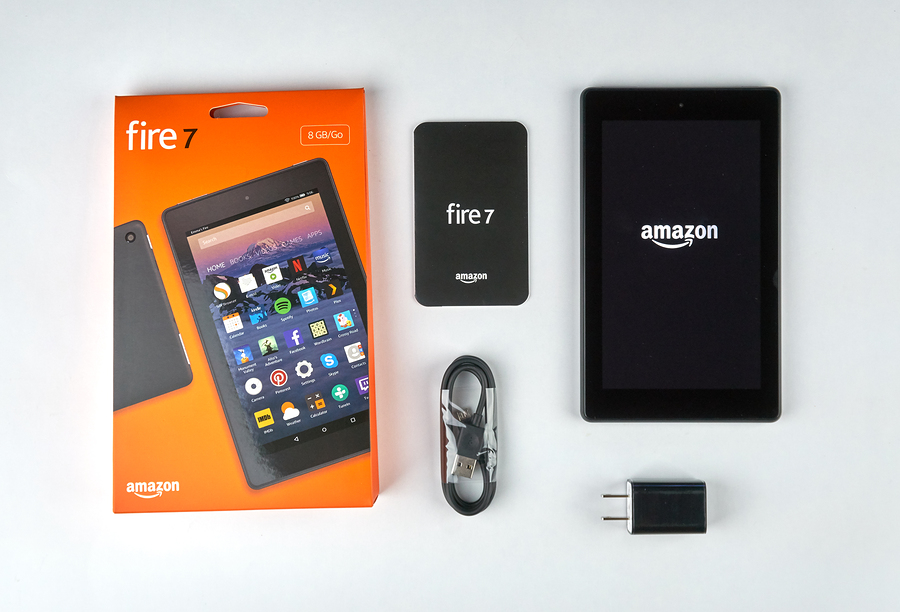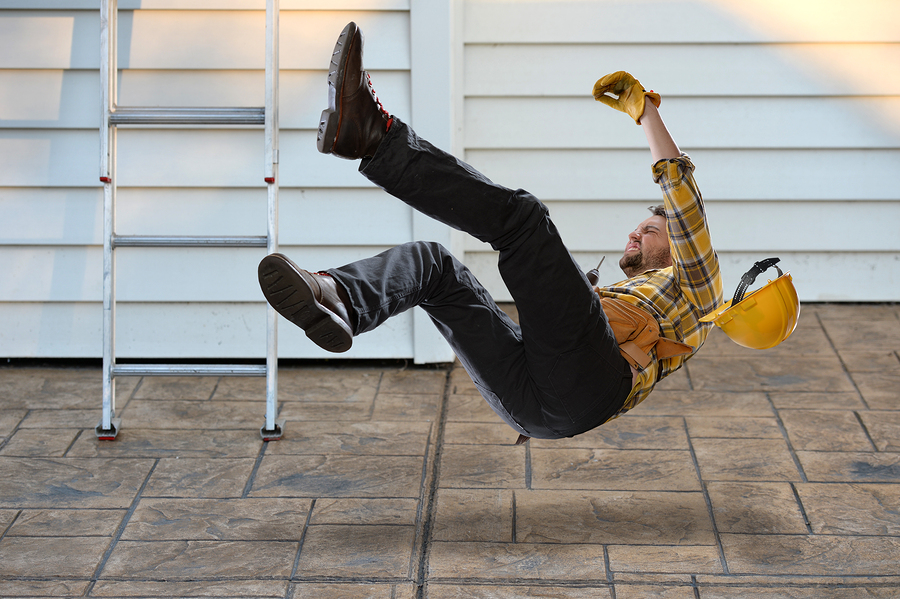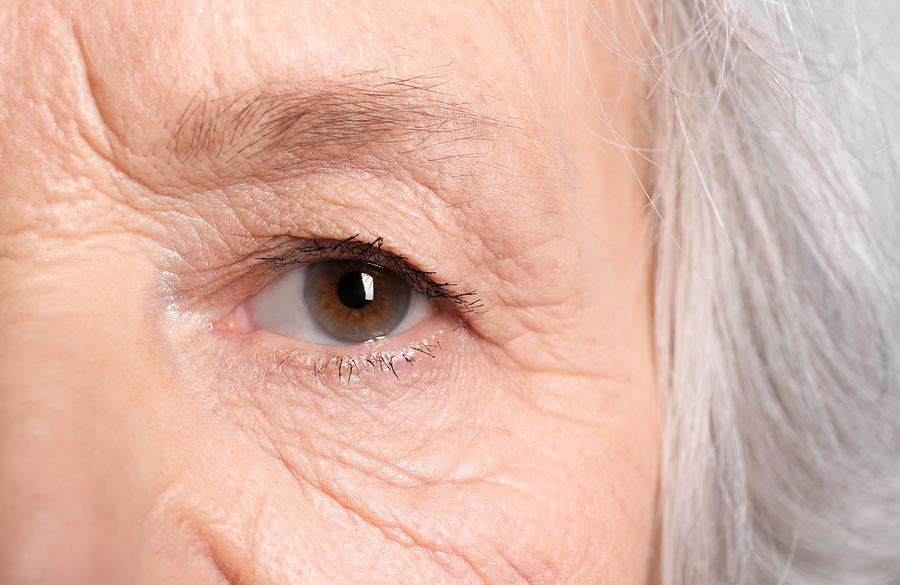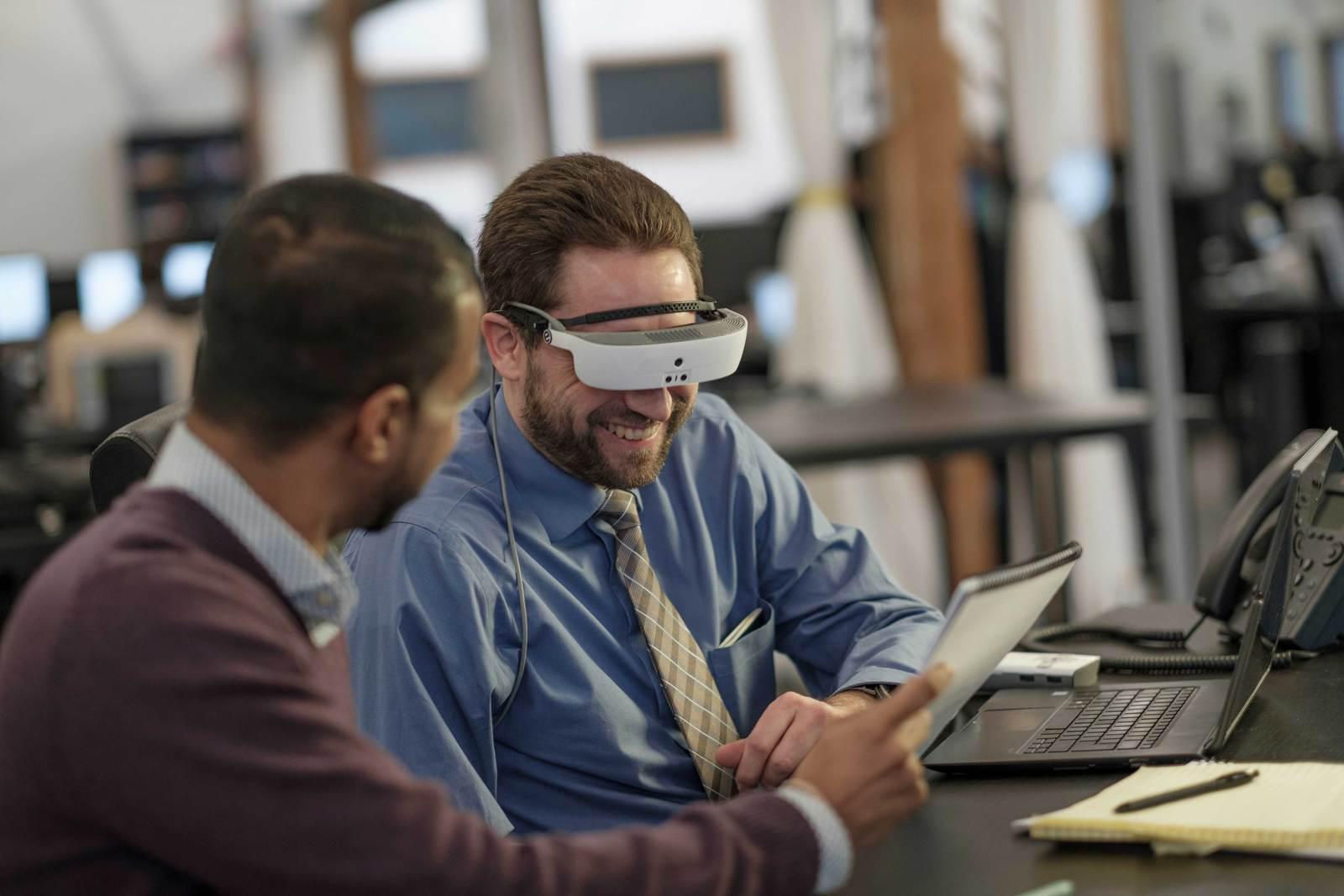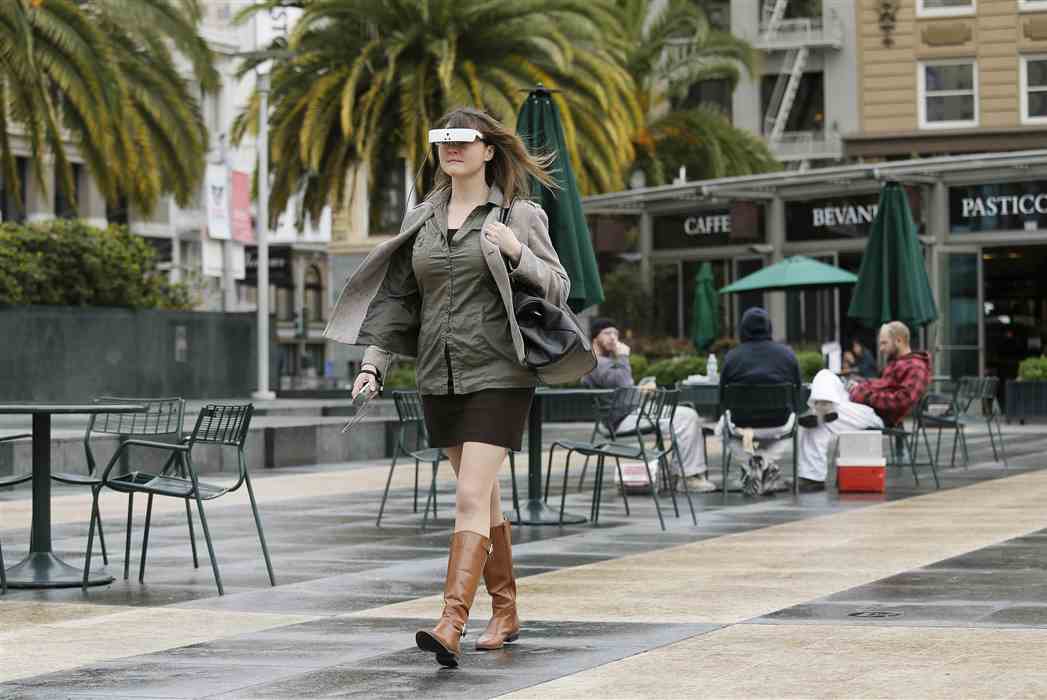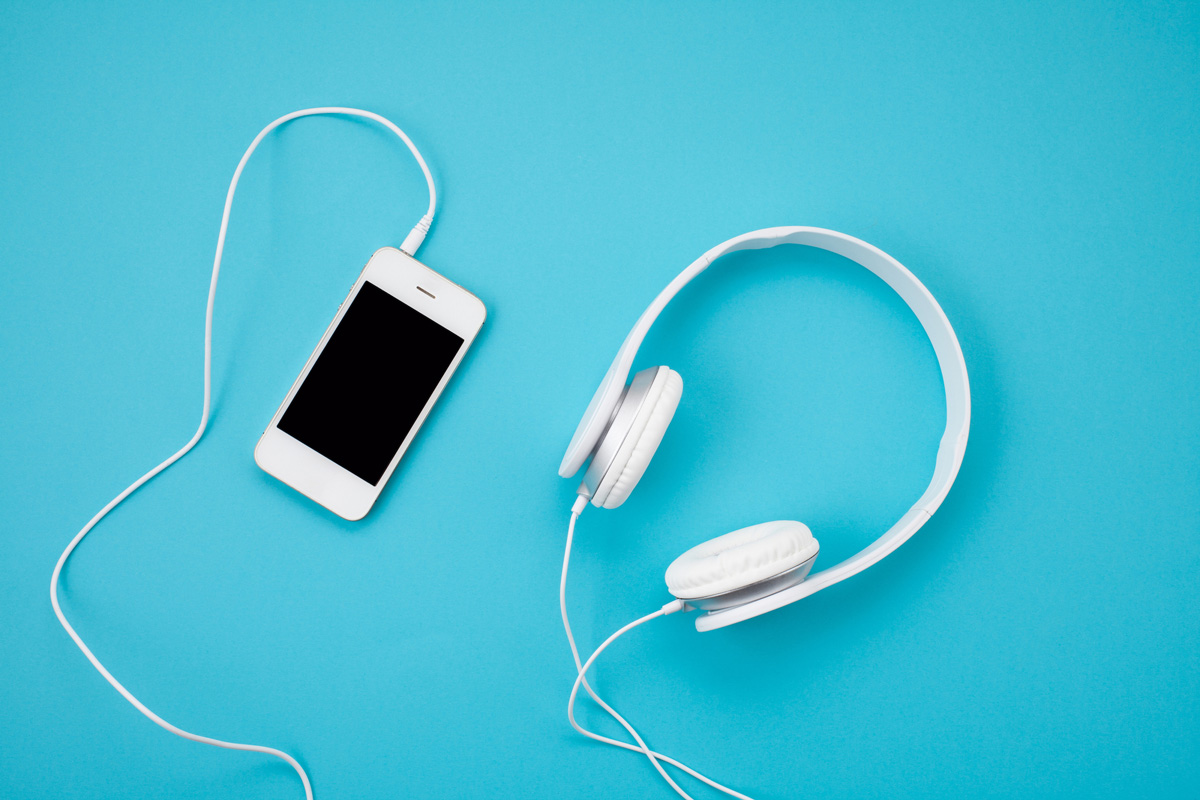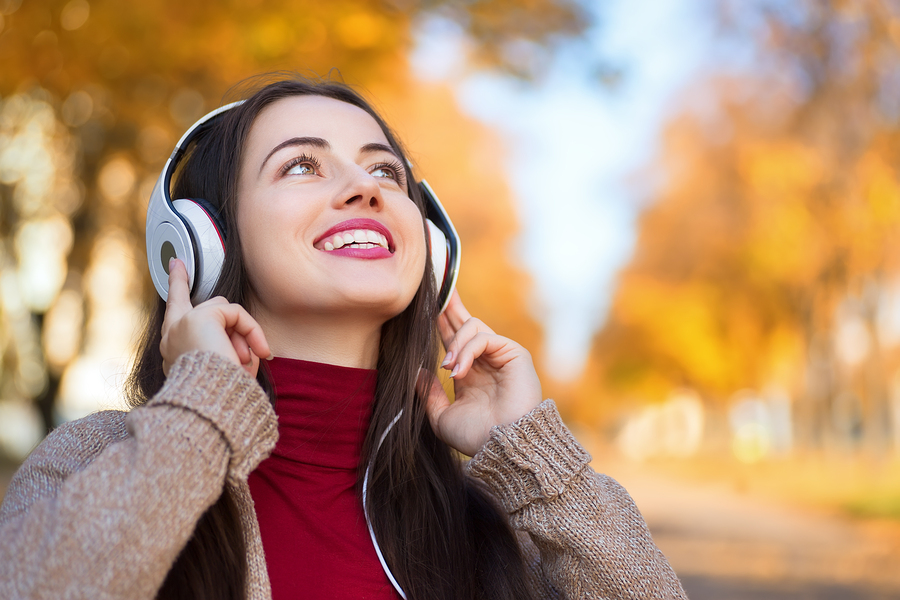It’s the beginning of 2020, a symbolic year and we hope it brings great things! Let’s start out the year with an important reminder about the many ways you can promote better living with vision loss, for yourself, a family member or a friend. It definitely takes some effort to adjust and continue living life productively, but it’s well worth the work, and it totally beats the alternative.
A recent statement by the American Academy of Ophthalmology (AAO) was eye opening to say the least. They noted the number of older Americans with low vision will likely double in the coming years, and stated, “the tragedy isn’t that people have lost vision, it’s that most believe nothing can be done to improve their quality of life.” The ill-informed belief that “nothing can be done” is a false narrative that we are working to correct.
The basic fact is, when you know better, you do better. OE Patients is dedicated to elevating awareness and empowering patients to live their best life. Improve your low vision IQ, or help a loved one do the same.
Here’s our list of basic tips to inspire change.
Adjusting
Small changes have big impacts on daily living. Your willingness to adjust, as necessary, little by little, delivers compounded dividends. Forget about the inconvenience of doing something different than the way you did it before, it’s way better than giving up something you love altogether. Making adjustments is primary, and all you need is some practice!
Reading
Reading options are a great way to begin your practice of adjusting.
- Magnifiers can be a great benefit for reading and other tasks and are available in wide ranges of power and price. More
- Switch to audiobooks with a free membership to National Library Service. More
- Adjust the text and contrast on smartphones, tablets and computers.
Voice Assistants
Get to know Alexa, Google and Siri, the voice assistants whose popularity is growing at record speed. They can do simple or complicated tasks, the choices are yours.
- Get the time, weather, news and music.
- Play a game, check a score or a stock price.
- Turn on lights, lock doors, and set thermostats.
- Listen to OE Patients Podcast: Siri, Google & Alexa
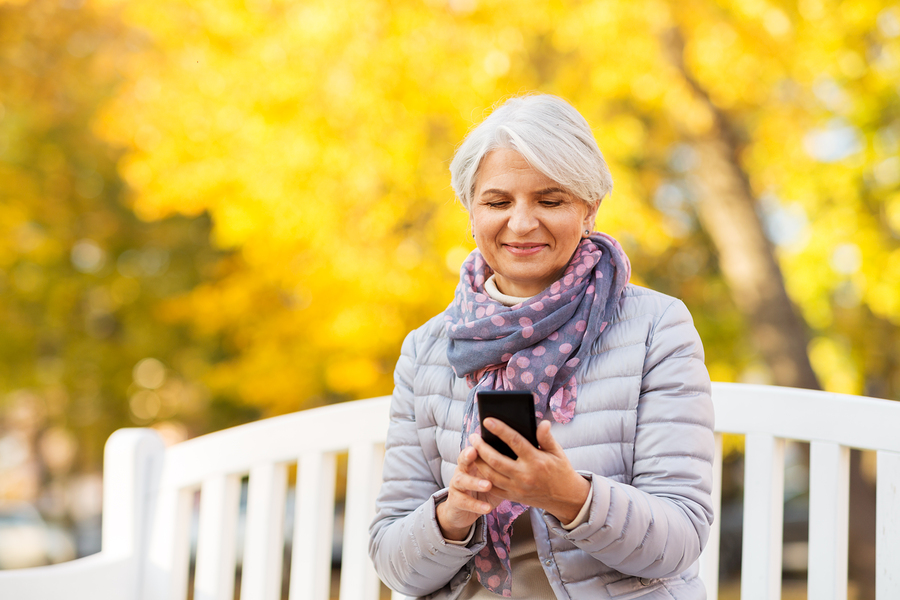
Smartphones
Apple and Android phones go the distance with accessibility settings that cover the spectrum of vision loss. And then there are endless apps that do even more.
- Get help with iPhone, call Apple Accessibility: 877-204-3930
- Get help with Android through Be My Eyes.
Accessible Technology
Accessibility support is available to help you set visual preferences on smartphones, tablets and computers. So stop struggling with technology and make some adjustments.
- OE’s list of Accessibility Support Phone Lines.
Utilize Contrast at Home
- Review low vision design tips from Nate Berkus.
Low Vision Rehab Services
Ask your ophthalmologist for information and referral for a Low Vision Evaluation and Vision Rehabilitation Services.
There’s lots more information on the pages of OEPatients.org. Here’s to a happy, healthy and productive year!

